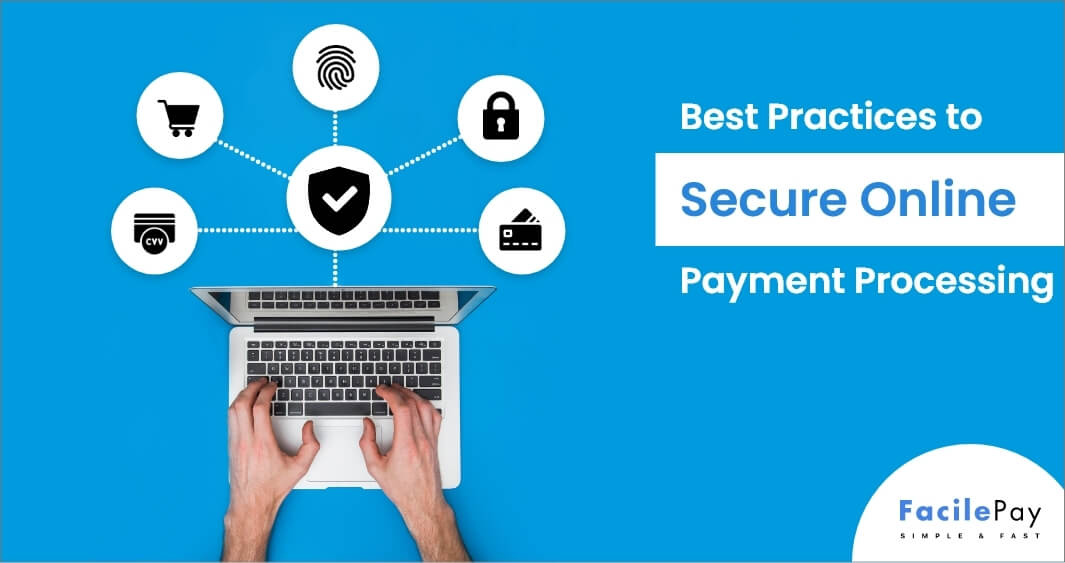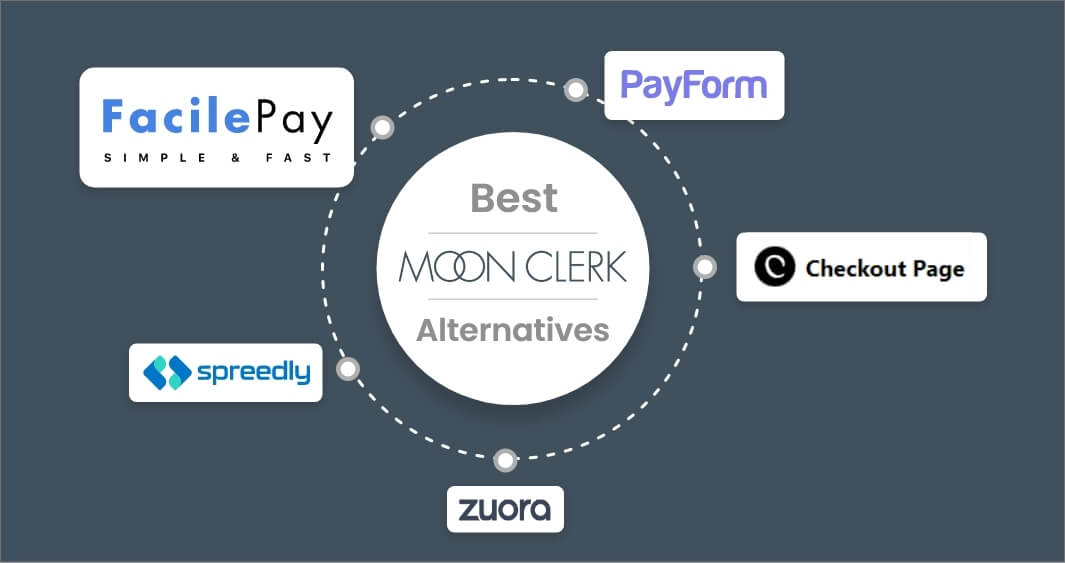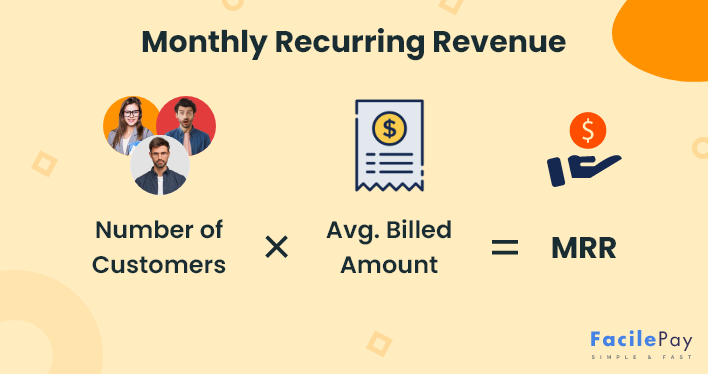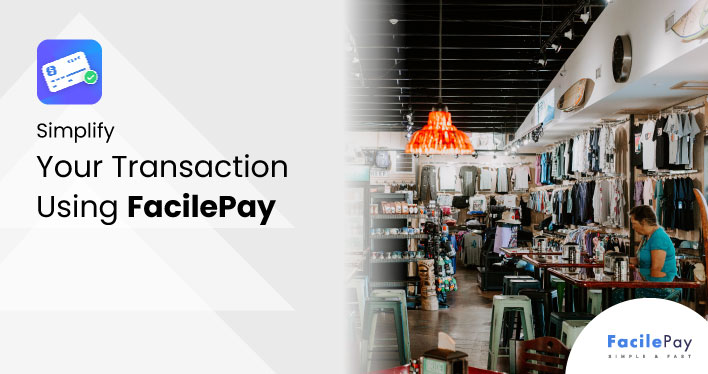- Secure online payment processing is critical for protecting sensitive financial information and building trust with donors.
- Organizations should prioritize choosing a reputable payment processor with strong security measures and compliance standards.
- Implementing additional security features, such as two-factor authentication and fraud detection tools, can further protect against cyber threats.
- Ensuring that payment processing is user-friendly and accessible can help increase donation rates and support for the organization.
📝Key Takeaways:
One of the biggest concerns for customers and businesses with online payments is its security. There are multiple cases where people incur losses due to a lack of security through online payments.
According to Statista, eCommerce loses to online payment fraud from $41 billion in 2022 and is estimated to grow upto $48 billion this year.
When the global pandemic was one of the reasons why businesses and customers switched to online buying and selling, the need to find ways to secure online transactions has become the need of the hour.
To protect and deliver with easy checkouts, read our blog that describes the best ways to secure online payment processing.
Contents
11 Best Practices for Secure Online Payments Processing
Here is the list of 11 practices to secure your online payments.
1. Encrypt Data With an SSL Certificate
One of the most important steps in securing online payments is to encrypt the sensitive information being transmitted. A secure socket layer (SSL) certificate encrypts the data, making it unreadable to anyone who intercepts it, ensuring the security of the customers’ information.
It has been installed on a web server. Moreover, encryption works by generating a session whenever users visit the website. However, only the server and user have access to it. Additionally, if the website address begins with “HTTPS” that means it is SSL verified.
-
Tip- Renew your SSL certification before it expires to protect your information.
2. Make Use of Payment Tokenization
Payment tokenization is a method of securely storing sensitive payment information without the requirement of storing the actual data. Instead, a unique token is generated that can be used to process transactions with random strings of characters and without exposing the actual payment information. This reduces the risk of personal information being stolen.
Moreover, tokens allow businesses to set up customer accounts, schedule payments, and handle payment settings without managing customer payment details every time. It can be used for private and public work.
For instance, the public key enables token creation whereas the private key is for single or recurring payments. Thus, improving online payment security for merchants and their customers.
3. Use PCI-DSS
The Payment Card Industry Data Security Standard (PCI-DSS) is a set of security standards created by major credit card payment brands, such as Visa, Mastercard, American Express, and JCB. It is to ensure that all merchants accept payments, store information, and maintain a secure environment.
Moreover, it is designed to reduce the risk of credit card fraud and assure that merchants follow a set of best practices for data security. Also, PCI-DSS is a mandatory requirement for merchants that make credit card payments, regardless of size or number of transactions.
Additionally, it covers all aspects of cardholder data management, from network design to software development, physical security, and access control.
4. Implement 3D secure
It is an additional layer of security that requires the customer to enter a password or pass a second-factor authentication before making a payment. It stands for-three domains secure and involves domains of merchants, cardholders, and acquiring banks.
However, the primary purpose of using 3D secure is to reduce the risk of online fraud in card transactions. For instance, if a customer makes a purchase online, 3D secure will check its identity and ensure that the transaction is authorized.
It will confirm through passwords and a one-time code sent by phone or email. By implementing 3D secure, businesses are protecting themselves and their customers from scams.
5. Ask for the CVV number
The CVV number is a security feature that helps to prevent fraud. It is a three-four digit number code displayed on the back of a credit card. It is given while issuing the credit card.
It’s important to ask for the CVV number during the checkout process to verify the identity of the cardholder. Moreover, using a CVV number helps to prove that the physical card was actually with the users while making purchases. Hence, it prevents identity theft.
Moreover, when the customer makes a purchase using the CVV number, then businesses are unalienable for a chargeback.
6. Focus to secure internal processes
In addition to implementing security measures, it’s essential to establish secure internal processes. It includes proper training for employees on security measures, regularly reviewing as well as updating policies, and monitoring transactions for suspicious activity.
Moreover, you can train employees with the necessary skills and knowledge to recognize the fraudulent activity. By training them you are reducing risk and are able to handle fraud situations more quickly.
7. Match the IP and Billing Address Information
Matching the IP address and billing address information can help to detect and prevent fraud. If the IP address and billing address information don’t match, the transaction can be flagged for further review.
However, it is vital to note that IP addresses can be masked or appear to be from a different location because of the use of a VPN. In such cases, businesses will require additional methods, such as requesting government-issued ID or another payment method from customers.
The payment processors must verify and do multiple authentications to protect information.
8. Two-Factor Authentication
Two-factor authentication adds an extra layer of security to the login process by requiring a second form of authentication in addition to the password. This can include a code sent to the customer’s phone, a fingerprint scan, or a security token.
By implementing two-factor authentication, businesses can help to reduce the risk of fraud and unauthorized access to sensitive information.
9. Apply Strong Customer Authentication (SCA)
Strong customer authentication (SCA) is a security requirement for online payment processing aimed at decreasing fraud and providing the security of sensitive customer information.
It requires businesses to use two or more independent authentication elements to verify customers’ identities and accept online payments. The elements include passwords, phone codes, and fingerprints.
10. Secure Electronic Transaction (SET)
Secure electronic transaction (SET) is a protocol designed to secure credit and debit cards transactions over the Internet. It provides a secure, encrypted connection for the transmission of sensitive information, reducing the risk of fraud.
By using SET, businesses can ensure that their customers’ sensitive information is protected during the transaction process.
11. Create a Strong Password
A weak password is the first and easy target of hackers. Hence, to protect the information, you must create a strong password. Ensure that you do not keep your birthdate, address, or mobile phone as a password because once it is hacked, your financial institution can easily hack.
How to Prevent Online Payment Breaches
- Implement secure hosting: Select a secure hosting provider that has strong security measures, such as firewalls, intrusion detection, and regular backups.
- Monitor network traffic: Frequently monitor network traffic to detect any unusual activity and respond promptly to any potential security breaches.
- Store backups off-site: Store backups off-site to prevent your data loss in the event of a disaster.
- Regularly change passwords: Change passwords every once in a while for all payment systems and they should be unique.
- Use encrypted communication: Use encrypted communication for all payment transactions to prevent unauthorized access to sensitive information.
- Use intrusion detection systems: Use intrusion detection systems to identify and respond to any potential security breaches.
- Avoid processing large transactions overnight: Do not process large transactions overnight as there may be less staff available to monitor for suspicious activity.
- Implement geolocation verification: Geolocation verification is required to confirm the customer’s location and reduce the risk of fraud.
Frequently Asked Questions
-
Is it necessary to use secure payment processors for online payment processing?
Yes, using a secure payment gateway helps to encrypt sensitive information; transmit it securely between the business and the payment processor. It is necessary to save your business and customer information.
-
How can businesses ensure the security of their customer’s payment information?
Businesses can ensure the security of their customer’s payment information by using secure payment gateways, encrypting all sensitive information, and limiting the storage of personal customer and business information.
-
What is the difference between SSL and TLS encryption?
SSL (Secure Sockets Layer) and TLS (Transport Layer Security) are encryption protocols used to secure online transactions. The main difference between the two is that TLS is an updated version of SSL and provides more robust encryption.
-
Can conducting regular security audits help to improve the security of online payment processing?
Yes, conducting regular security audits can help to improve the security of online payment processing. By frequently reviewing and testing security measures, businesses can ensure that their systems and processes are secure and can identify and address any potential vulnerabilities.
Implement Security Measures for Safe Online Transactions
eCommerce is surging and so is the mode of digital payments. Establishing ways to secure online payments should be the topmost priority while engaging in any online selling.
As merchants, to secure customer’s data and information, the above 11 ways of securing payments is what you should consider.
From implementing strong customer authentication to generating a strong password, businesses will take a proactive approach to secure online payments. As a result, provide peace of mind to your customer and protect your business and customer information safely.




